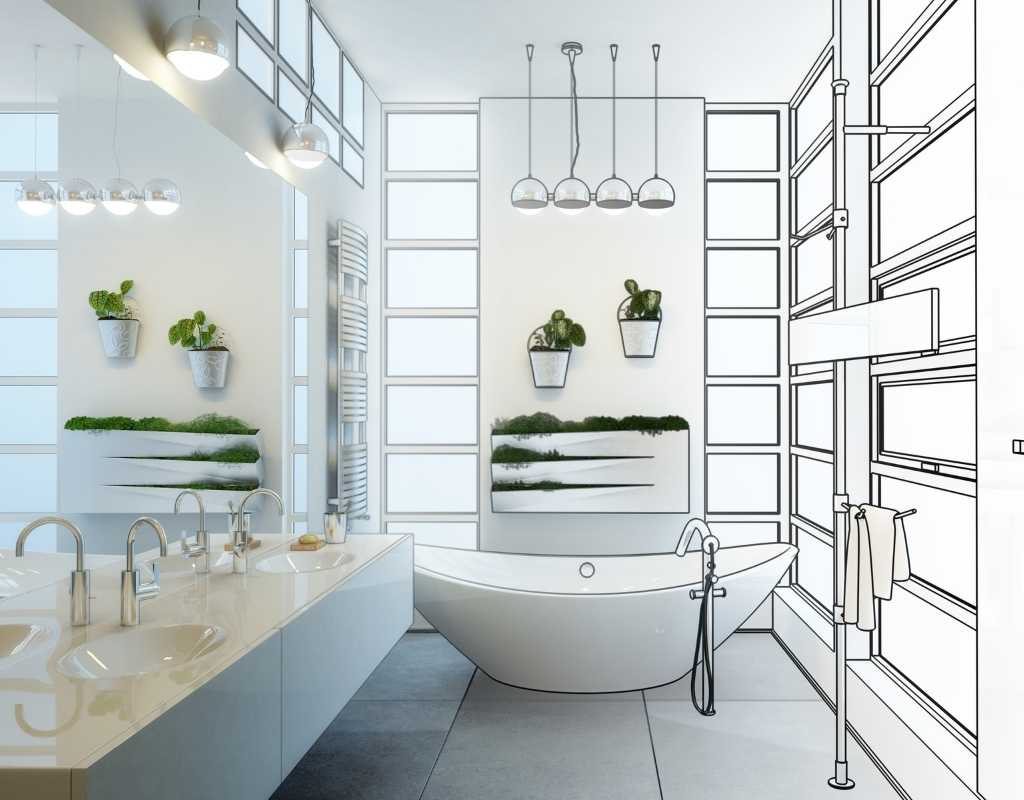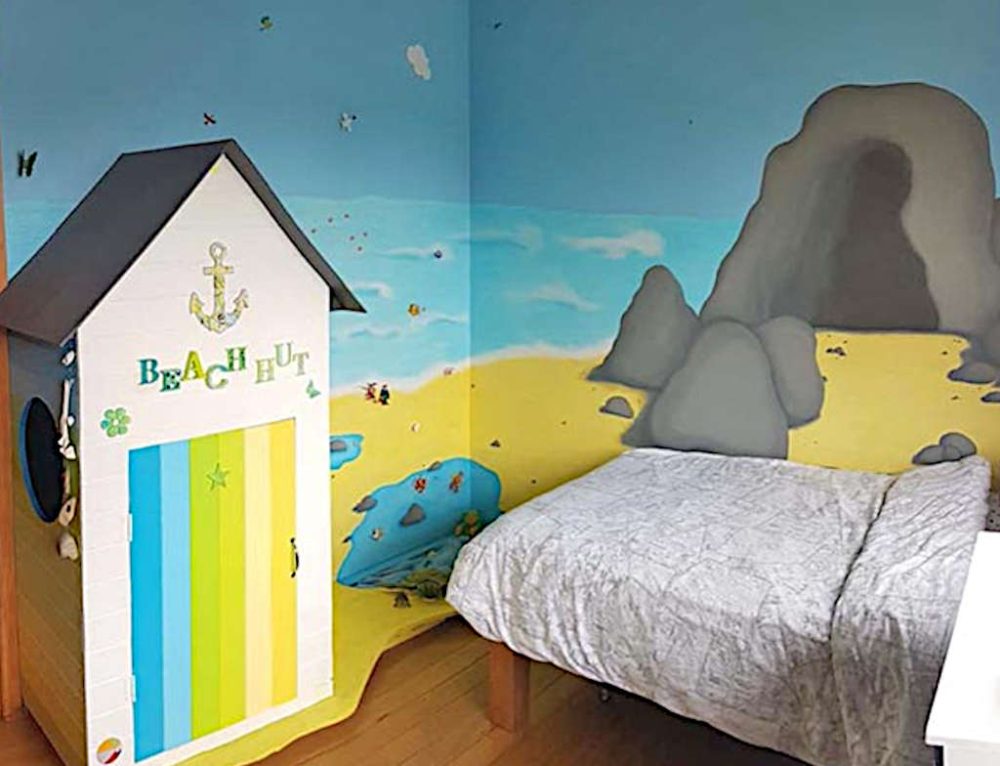Whether you have big renovation plans that will transform your home, or you want to do a small project for just one room, there are ways to keep the costs down.
Once you’ve assessed how much you have to spend and what you want to achieve, keep the budget under control with our tips.
Before you start renovations
If you have big plans, you will no doubt be keen to get your renovations underway as soon as possible. But there is a lot to be said for living in your home for at least a few months, preferably over the course of a year to experience your home in each season. This helps you to understand exactly which areas in your home are not meeting your family’s needs, which rooms are cooler or warmer than others, and how your home could be improved successfully.
- Prioritise what you need, then what you want, what can be done later on, and what would be better to include now to minimise disruption or cost later on.
- Talk to the experts – architects, engineers, builders, etc. While there will be an upfront expense, they could save you a lot of money in the long run by avoiding costly mistakes.
- Consider whether you will live in your home during renovations or move out for a while. Work can usually be actioned on a faster timescale when occupants and their belongings aren’t “in the way”, but the cost of other accommodation may cancel out the saving (unless you can get a sweet deal staying with family!).
Plan to save
Plan, plan, plan! Renovations are usually a major expense so plan as much as you can to get it right first time.
- Keeping the same footprint (ie, not extending your home) will keep renovation costs lower. So if you are able to rejig your layout and still achieve what you want, all the better.
- Not having to make major changes to your plumbing layout will also save money so keeping the bathroom, laundry and kitchen facilities in a similar space is preferable.
- Get right down into the details. Hunt down the fittings, fixtures, materials, and appliances that you want and ensure that your builder, plumber, and electrician are fully aware of your exact requirements, right down to where switches will go, what type of lights you want, what floor coverings you want, the height of your vanity, etc.
- Consider low-cost alternatives to high-end finishes. For instance, you can get the look of a wood floor by using laminate flooring or a tiled floor using vinyl.
- Standardising as much as you can will save on time-sucking workarounds. Cabinets, appliances, wall linings, curtains, etc, all have standard sizes which tend to be cheaper than having to pay for customisation.
- Repurpose as much as you can – upcycling existing furniture will save you heaps. Buying second-hand online or from building recyclers or salvage yards is a great way to get something unique for a lower cost.
- Reusing building materials like cladding and windows will be cheaper than buying new but remember that they often require some time to be cleaned up and prepared for reuse and may not always be suitable.
During renovations
You’ve planned everything out, now it’s time to get the work underway!
- Ensure that you have your timing and purchases in order. Making sure that your tradies have what they need on site will save on delays or them having to make unnecessary return trips. Know the stages for any council inspections and keep everyone in the loop.
- Call on your friends and family to help. You may have a few tradies in your friends group. While you will still need to pay them (unless you’re able to offer them your own expertise in return), they may be more willing to work with flexible timelines. For smaller jobs, getting a bunch of friends together for a painting session or a particular project may be something you can get everyone on board for in return for a few pizzas and refreshments!
- Doing as much as you can yourself will save on labour costs. Hardware stores and YouTube are great resources for guides on how to do simple jobs like plastering, painting, installing floor coverings, etc. Even doing your own demo and cleanup can save you money. Do remember that some jobs must be done by qualified tradespeople, including electrical work – and the expertise that a good tradie can offer is a worthy investment.
- Measure twice, cut once! Avoid costly mistakes by ensuring that your measurements are correct.
- Avoid buying too much paint by measuring your room and checking with your local paint store as to how much you will need. Allow a little extra for touch-ups.
- If you only need a small amount of paint to finish a job, or part of a roll of underlay, etc, check out what’s available in your local community on Facebook Marketplace or TradeMe. Often people sell off remnants from their own projects for a reduced price or even for free just to get rid of it.
- Anything that you remove or have left over that’s still usable can be sold online to offset your costs too.
Renovations on a tight budget
When you want to revamp a room but your budget is severely limited, there are simple things that you can do to achieve a new look.
- Can’t afford new carpet? Sanding and staining your floorboards can improve the look of a room. A big statement rug can bring in some personality and warmth or cover up the less ideal spots.
- A new paint job can give any room an instant makeover. Consider the feeling that you want in the room and how colour can help you achieve that look.
- If you really want some pattern on the walls but can’t afford to do the whole room, wallpapering a feature wall can have a big impact.
- New lighting can make a massive difference to a room, giving you task lighting where needed, stylish decor, or added ambience. Even the lightbulb colour you choose can make a difference. Choose a “warm” white for lounges and bedrooms for added cosiness.
- For a kitchen refresh, if your cabinets are structurally sound, you could just change or recoat the doors and drawers. Changing handles or lighting, a benchtop or adding shelves can also bring a new look.
- Artwork is a simple way to revamp boring walls. Use a collection of interesting frames and fill them with favourite photos to create a focus point in a bland hallway.
- Old furniture can be updated by repainting or covering in adhesive vinyl which comes in a range of colours and patterns.
 Written by Julie Scanlon
Written by Julie Scanlon
Julie is Editor for Kidspot NZ and our MVP. Her hobbies include laughing uncontrollably at her own jokes, annoying her family by asking questions about movie plots, and never taking anything too seriously. She speaks a little Spanish and a lot of Yorkshire.
Favourite motto to live by: “It ain’t nothing but a thing”







Leave A Comment
You must be logged in to post a comment.